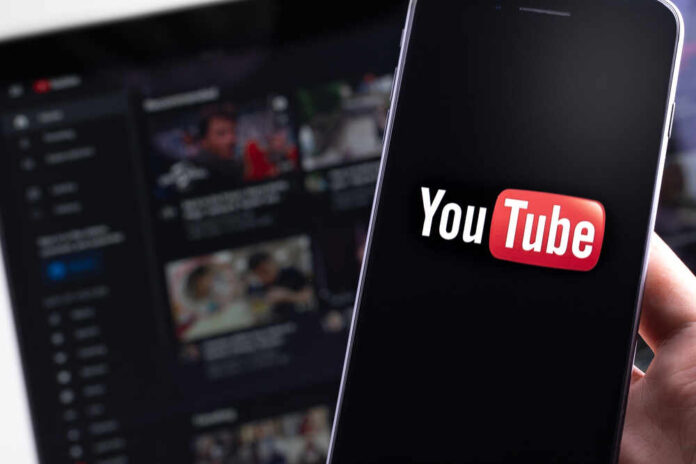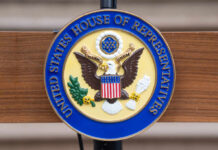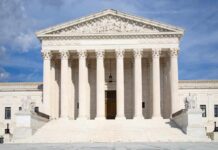
YouTube, the leading online video content giant, recently revamped its stance on health-related content. Aligning with the World Health Organization’s (WHO) directives, YouTube aims to enhance its “medical misinformation policy,” emphasizing the removal of content that opposes the views of local health authorities or WHO.
“YouTube doesn’t allow content that contradicts local health authorities’ (LHAs) or the World Health Organization’s (WHO) guidance about specific health conditions and substances,” states YouTube’s revised policy. Interestingly, YouTube has granted itself a safety net, noting, “YouTube’s medical misinformation policies are subject to change in response to changes to guidance from health authorities or WHO.”
YouTube's new policy is that it will censor you if you disagree with World Health Organization.
YouTube recognizes that WHO's "guidance" might change. But if it does, it won't be because of debate on YouTube.
YouTube isn't a social media platform, it's a propaganda platform. https://t.co/4YMCWxbII9
— Michael Shellenberger (@shellenberger) August 16, 2023
The partnership between Google and the United Nations (UN), as divulged last year by the UN’s communications chief, was initially geared toward controlling the climate narrative. But today, it encapsulates more domains, health being a prominent one. Melissa Fleming, UN Under-Secretary-General for Global Communications, while speaking at a WEF disinformation panel last year, underscored the UN’s ties with leading tech companies to manage narratives on health and climate, claiming, “We own the science.”
While these conglomerates often herald the “importance of debate and discussion,” their tightening grip on content curation raises eyebrows about the genuine intent behind these pronouncements. Are these shifts an earnest attempt to shield the public from harm, or is a deeper narrative being meticulously constructed?
YouTube’s sharpened focus on what it dubs “medical misinformation” isn’t limited to the Covid domain. The platform strives to curate content, disavowing videos promoting “cancer treatments proven to be harmful or ineffective,” thereby hindering content creators from endorsing natural remedies.
YouTube’s enhanced policy asserts:
- It will excise content that imparts inaccuracies about prevention methods or contradicts extant health guidelines, particularly regarding vaccine safety or efficacy.
- The platform will censure content that promotes treatments neither sanctioned nor deemed safe by local health bodies or WHO.
- It vows to remove content that denies specific health conditions.
These modifications see YouTube committing to unelected and undemocratic groups like WHO for shaping information paradigms, even as the credibility of these institutions teeters. Is YouTube’s stand a response to genuine concerns, or is it a veiled maneuver to control information flow?
One can’t deny that institutions like the UN have recognized the influence of digital influencers. Fleming conceded, “Another really key strategy we had was to deploy influencers,” acknowledging that these individuals often carried more weight than established organizations.
In an era where people grapple with distinguishing truth from falsehood, YouTube’s bolstered stance on “medical misinformation” feels like a double-edged sword. On the one hand, it can shield the vulnerable from potentially hazardous content. But on the flip side, it harbors the potential to stifle genuine discussion, debate, and alternative perspectives that might be equally valid.



























